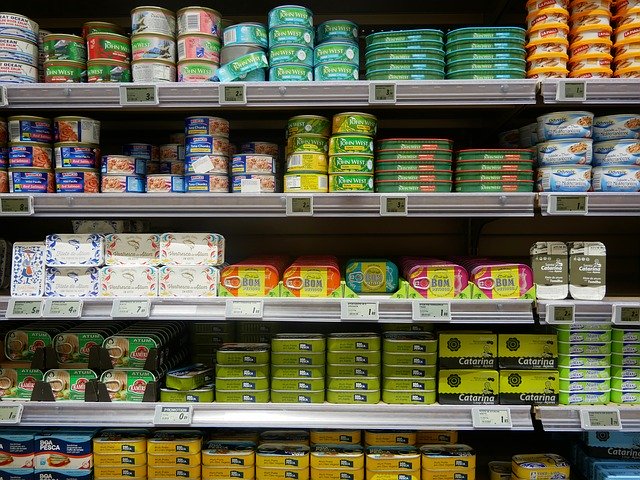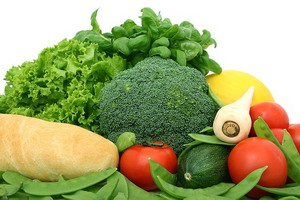
For many years now I have been telling everyone that the safest and healthiest way to eat is to consume only fresh foods. That means shopping only the fresh vegetable and fruit aisle and the fresh meat aisles of the grocery store. My message has been “If it comes in a printed package, don’t eat it.” That means to eat, one has to engage in the almost forgotten art of cooking from raw ingredients.
Well, not surprisingly most people have ignored my advice because of the time and effort involved in preparing food in the healthiest manner. In an effort to increase the health of my patients in a manner they can more easily achieve, I have spent endless hours reading the ingredients of hundreds of products that are in printed packages to find some that were acceptable choices for consumption. The key criteria I was searching for were foods that are gluten-free, dairy-free, low in sugar and simple carbohydrates, low in toxic chemicals, and that could still be stored in your cupboards.

Unfortunately, most of the so-called “health foods” failed the test because they were mostly starch-based foods with unacceptable carb levels. Eliminating gluten and dairy wipes out most of the typically prepared food dishes as they all have either milk, cheese, or wheat in them. What is left is a group of foods that are fairly healthy and ones that the average person can make to eat without having to do a lot of complex cooking. Of course, they won’t have the same high nutrition fresh foods have, but they are much more practical.
When I originally wrote this article, I had looked over several hundred food products and picked out the ones that fit the criteria for being reasonably healthy. That was many years ago and products have changed. Since that time the public awareness about the dangers of gluten and sugar has increased dramatically and consequently, the number of available products has increased. Teaching the skill of being able to quickly read a label and assess whether the product in your hand is more acceptable to your body than the typical garbage found in the typical grocery store, seems to be the way to go.
So, what do we want to look for in the store?

This may sound silly, but the first thing I check on the label is whether the ingredients are things I recognize as healthy food. If there are things I don’t recognize as food then I don’t buy it. For example, if a can of tuna says it contains tuna, water, and salt, and that is it, then I can feel pretty confident that it is as safe as the fresh tuna that went into it. I say this with the understanding that fresh foods are not always safe. Tuna is a perfect example as most tuna has high levels of toxic mercury in it, so canned tuna will have that mercury in it as well.
There is a gray area with some food additives that are functional as foods that we do not typically use in our kitchen. Lecithin is good for you if you are not sensitive to soy. Certain fibers like xanthan gum and guar gum are fine foods for most people but are problematic for people with SIBO – small intestinal bacteria overload. Vitamins added to food are usually just fine. Artificial colors and flavors are usually fairly toxic. Hydrogenated oils are super toxic, so keep away from those. I generally shy away from seed oils in general as they are almost always rancid. There are some things I find in the ingredient list that I have no idea what they are so I just pass.
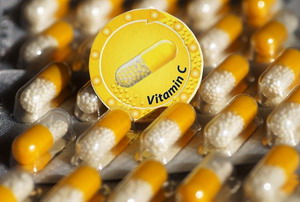
Preservative chemicals are often a problem for many people and best avoided when possible. This can be a challenge since the whole point of packaged, canned, and frozen foods are preservation rather than freshness. Fresh foods go bad quickly and therefore require frequent shopping and cooking. If that is not your thing then we want to get the healthiest preserved foods we can. You have to pay attention as best you can when you eat foods with these different preservatives in them. Do you get symptoms? Do your joints hurt? Do you get more hyper, sluggish, or does your brain get foggy? Do you get headaches? How about indigestion, or maybe a skin rash or itch? It can take up to 3 days for a negative reaction to show up.

An interesting point concerning fresh frozen foods. Quite frequently these foods actually have higher nutrition than the fresh foods we buy in the store. Many fruits and vegetables lose significant amounts of their nutrients in the first 24 hours after they are picked. Unless you are buying from the farmer’s market, rarely is the produce you get at a grocery store fresh picked the same day. But many fresh frozen fruits and vegetables are processed within hours of being picked and are able to retain their nutrients. This observation does not apply to frozen prepared foods where sauces or other stuff is added.
Another consideration, not all fresh foods are safe. Legumes are a great example. If they are not soaked and properly cooked long enough, they can be quite toxic. The heat processing for canned foods is good for destroying not only bacteria but also certain food toxins found in the natural plant. So frozen and canned foods are not all bad.
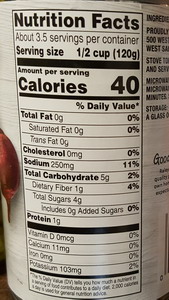
Packaged food products in America are required to have a Nutrition Facts label on them. This, plus the ingredient list, is how you know what foods are healthier to eat. I look at two things on the Nutrition Facts label – Trans Fat needs to be zero, and Total sugars need to be below 5 grams per serving. I don’t worry about saturated fats, cholesterol, sodium, protein, or vitamins and minerals. Total carbohydrate becomes important only if you are doing a Keto eating plan and avoiding carbs. In that case, subtract your dietary fiber amount from the total carb number and try to keep that result to 5 grams per serving.
In your ingredient list, I recommend you avoid gluten-containing ingredients like wheat, barley, and rye. In fact, personally, I avoid all grains – corn, oats, rice, wheat, and so on. Avoid modified food starch (it thrashes the gut lining). Avoid corn syrup and any of the hundred other names for sugar. If that is impossible then make sure that sugar is at least not one of the first six ingredients.

These days, under the list of ingredients, there will be some mention of typical allergenic ingredients like soy, wheat, nuts, dairy, and so on. I am okay with nuts, but I stay away from most of the others.
There are a number of safe beverages these days. Look for products sweetened with stevia or lo han or erythritol. Seriously avoid all artificially sweetened drinks as these sweeteners really screw up the microbiome in our gut. Sugar is bad news; high fructose corn syrup is worse, but the absolute worst is agave or fructose. These are a direct ticket to fatty liver and metabolic syndrome. Fruit juice has this same issue because of the high fructose content in fruit juice. Your body can only process 10 to 15 grams of fructose per day. More than that and we get damaged.

In the condiment aisle, there is now a wonderful avocado oil mayonnaise. The only oils I suggest using are avocado oil and virgin olive oil. Mustards, herbs, and spices, nut butters, pickles (without sugar), various kinds of vinegar, fish sauce and gluten-free teriyaki sauce, even many dressings are available that are good and healthy. You can even find sugar-free chocolate chips these days.
Now for the tough one – breads and pastas. This is hard. Most grains are toxic these days due to not only the gluten issue but the heavy use of glyphosate (Roundup) on grain crops. This applies to rice as well, so gluten-free bread made with rice flour doesn’t fly. There are a few kinds of pasta made from legumes or tubers. My favorite is konjac noodles, sometimes called zero carb noodles or Miracle noodles.
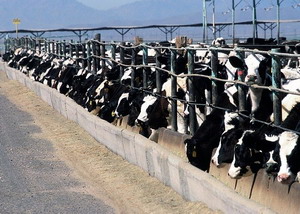
The last stop on this grocery store tour is the dairy aisle. Most commercial dairy products made in this country are toxic. The pasteurization and homogenization cover up massive bacteria loads in the milk, which are still toxic even though the bacteria are dead. Another issue is the formation of an opiate type drug that is created when we digest the type of milk from American dairy cows – casomorphin. It is a common cause of attention deficit disorder in kids. Raw milk from Guernsey and Jersey cows does not have these issues if you can find it or cheeses made from it. Most people can tolerate butter (organic if you can find it), but margarine is totally toxic – stay away.
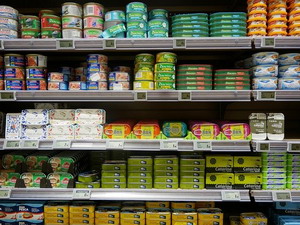
That pretty much rounds out our trip through the grocery store food aisles. There really is quite a bit of fairly healthy food to be found in the grocery store. The trick is to learn how to read the labels. Fresh is best if you can, but if that is not an option for you then there are other choices.
Enjoy
David
